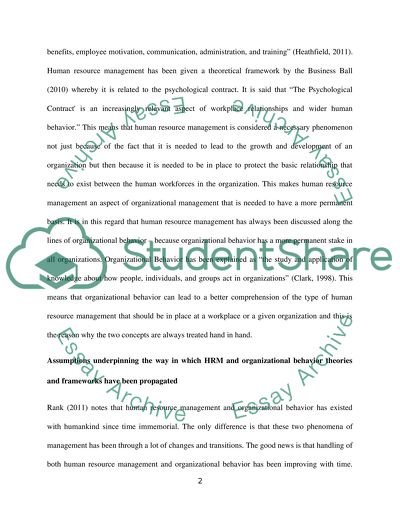Cite this document
(“Critical Evaluation of HRM and Organisation Behaviour Theories Coursework - 2”, n.d.)
Retrieved de https://studentshare.org/human-resources/1392361-critical-evaluation-of-hrm-and-organisation
Retrieved de https://studentshare.org/human-resources/1392361-critical-evaluation-of-hrm-and-organisation
(Critical Evaluation of HRM and Organisation Behaviour Theories Coursework - 2)
https://studentshare.org/human-resources/1392361-critical-evaluation-of-hrm-and-organisation.
https://studentshare.org/human-resources/1392361-critical-evaluation-of-hrm-and-organisation.
“Critical Evaluation of HRM and Organisation Behaviour Theories Coursework - 2”, n.d. https://studentshare.org/human-resources/1392361-critical-evaluation-of-hrm-and-organisation.


